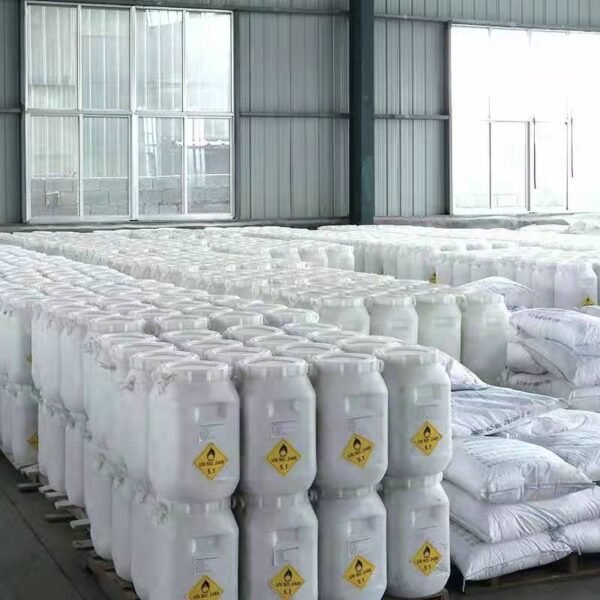precipitated substances such as calcium and magnesium in this water under alkaline conditions. Another thing is that after the biochemical process of this kind of water, PAC, PAM, and calcium hydroxide are added in the process of flocculation, and it is found that the surface of the sedimentation tank is white, as if there is fog in the water.
Not sure if it was the lime. Stop adding lime or this situation, do not know how it is? Could it be the undischarged mud and precipitated calcium hydroxide at the bottom of the sedimentation tank?
Answer: The
effluent SS of the biochemical system is not low, so it is caused by the formation of flocs after adding PAC and PAM . After the activated sludge is flocculated by PAC and PAM, the flocs are easily mixed with air bubbles to form scum, and the liquid level of the sedimentation tank may be different from this. related.
5. Description of the problem
We use the SBR process. Before the sewage enters the biochemical tank, there is a flocculation and sedimentation process, and polyaluminum ferric chloride and PAM are added. I always feel that this operation will affect the activated sludge, because the chlorine content in the raw water itself is high (the SS of the water is about 300), so the chlorine will be higher after coagulation.
Is this necessary? Why is the COD of the wastewater entering the organism after chemical dosing lower than the COD of the facultative + aerobic effluent? Under what conditions will this situation occur?
Answer:
It is free chlorine that has an impact on microorganisms, and polyaluminum ferric chloride will not produce beneficial chlorine. Don’t worry, it is right to enter the biochemical system and perform physical and chemical pretreatment.
First of all, we need to know that microorganisms are also organic matter, which will also lead to an increase in COD. That is to say, if the effluent contains more microbial flocs, the COD of the measured wastewater will be relatively high.





